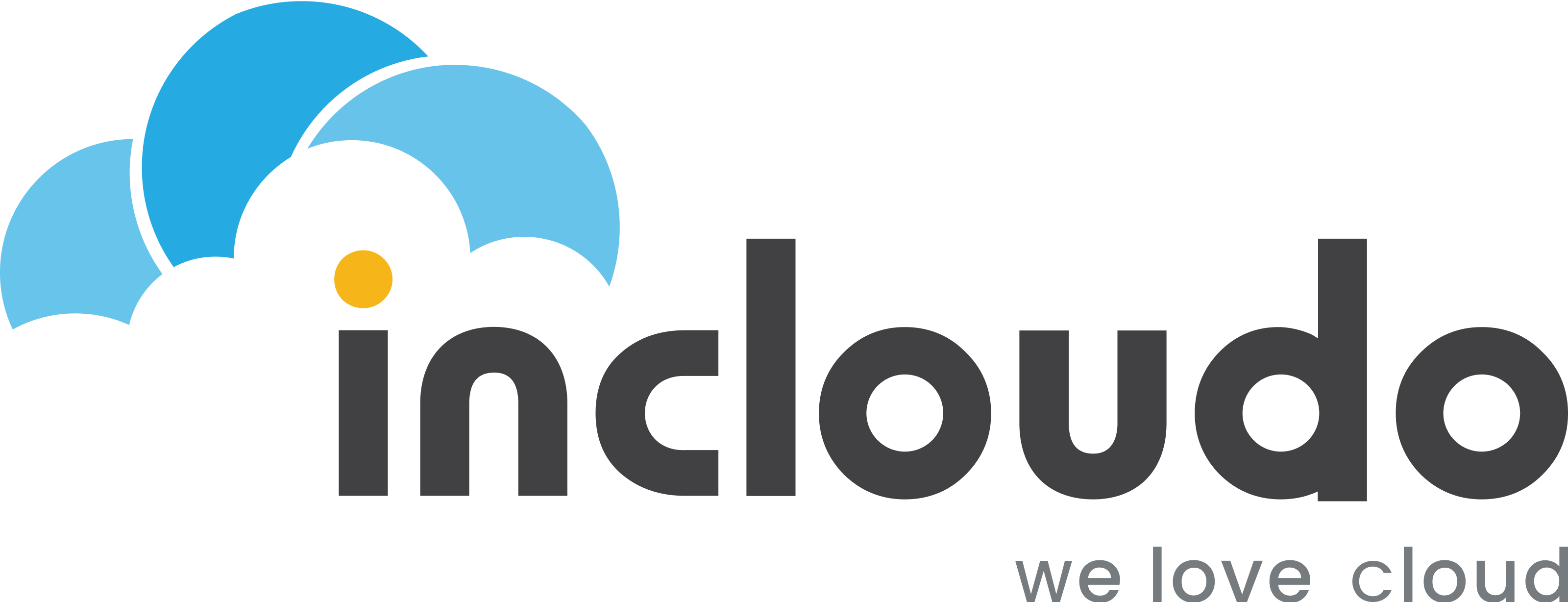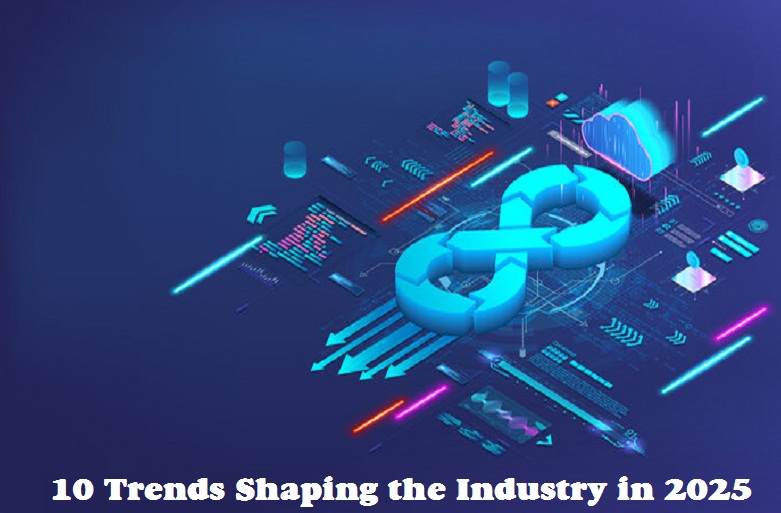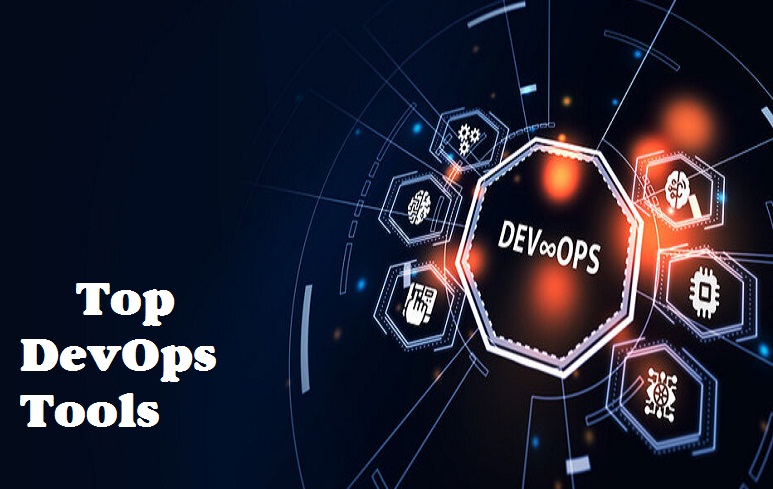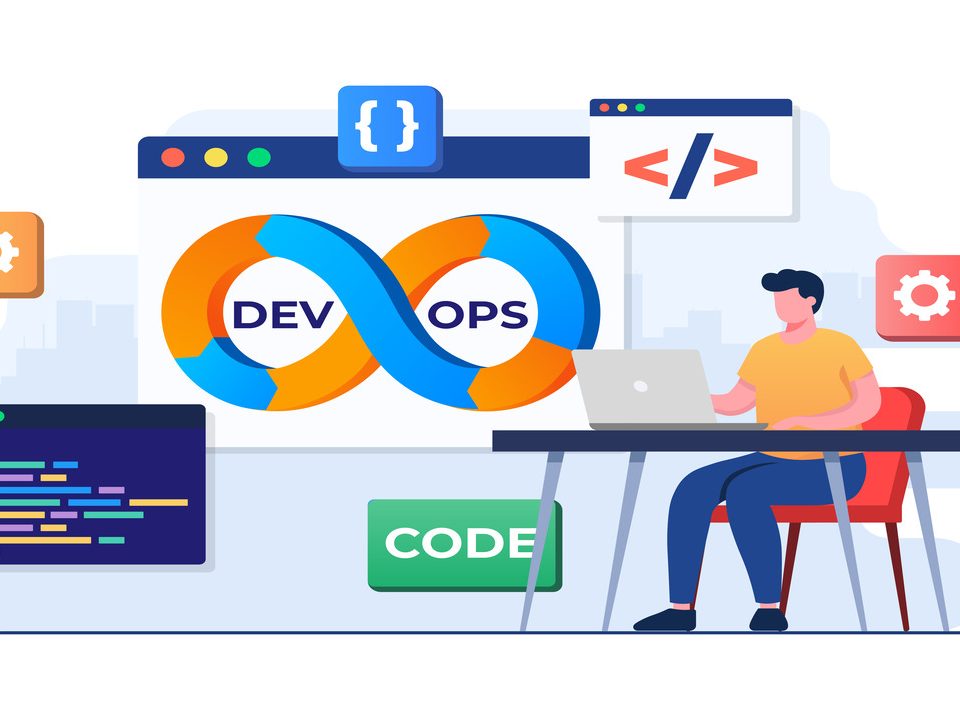
Future Trends of DevOps in 2025
March 22, 2025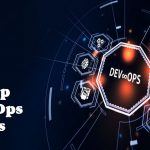
Top Tools Every DevOps Admin Should Know in 2025
April 7, 2025As businesses continue to shift towards agile, efficient, and customer-centric practices, DevOps has become a critical part of their success. It streamlines operations, encourages collaboration, and helps in faster delivery of high-quality software. By 2025, DevOps will evolve to accommodate new technologies, industry needs, and customer demands. In this blog post, we will explore the top 10 DevOps trends in 2025 and use cases that will dominate the industry, highlighting how companies like InCloudo can leverage these trends to stay ahead of the curve.
1. AI and Machine Learning Integration
The infusion of Artificial Intelligence (AI) and Machine Learning (ML) into DevOps will continue to grow in 2025. AI in DevOps will automate repetitive tasks, predict potential issues, and optimize code for better performance. Machine learning algorithms can also identify patterns in code deployment and testing to enhance decision-making in real time.
Use Case: InCloudo can integrate AI-powered monitoring and predictive analytics into their DevOps pipeline. This will enable teams to anticipate system failures before they occur, automate root cause analysis, and predict resource needs for scaling infrastructure. This proactive approach minimizes downtime, reduces human error, and helps in continuous delivery.
2. DevSecOps: Security as Code
Security will no longer be a siloed function in the software development lifecycle. With the rise of cyber threats, companies are adopting DevSecOps, integrating security from the very beginning of the development process. This trend ensures that security policies, vulnerability scanning, and access control are automatically enforced through code.
Use Case: By implementing a DevOps collaboration culture, It can provide enhanced security services to its customers. Automated vulnerability scanning during every code push, coupled with continuous monitoring and incident response mechanisms, will ensure that their customer’s data and infrastructure remain secure.
3. Infrastructure as Code (IaC) and Cloud-Native Technologies
Infrastructure as Code (IaC) has become a game-changer in the DevOps landscape. By treating infrastructure as software, teams can automate the provisioning, configuration, and management of infrastructure. With the rise of cloud-native technologies, this practice will only grow stronger in 2025.
Use Case: For InCloudo, adopting IaC can lead to more streamlined and automated cloud deployment processes. Instead of manually setting up servers or networks, InCloudo can define infrastructure using code, which can be versioned and stored in repositories like any other software project. This results in faster provisioning and consistency across environments, reducing the chances of configuration drift.
4. GitOps: Git-Driven Automation
GitOps, an extension of DevOps, is centered around using Git repositories as the source of truth for managing infrastructure and application deployments. By the end of 2025, GitOps will likely be the standard for managing cloud-native applications, enabling easy automation and rollback of deployments using Git workflows.
Use Case: InCloudo can implement GitOps to manage its infrastructure as code. With GitOps, any changes to infrastructure or application configurations are made via Git commits. This improves collaboration, enhances visibility, and allows for seamless and secure rollbacks in case of failures. It also ensures better version control, making deployments traceable and auditable.
5. Continuous Everything: Continuous Integration, Continuous Delivery, Continuous Testing
While continuous integration (CI) and continuous delivery (CD) are already staples in the DevOps pipeline, the trend is evolving to “Continuous Everything” — extending these practices to include continuous testing, monitoring, and feedback.
Use Case: InCloudo can focus on streamlining its CI/CD pipelines while integrating automated testing and monitoring at every stage. This ensures that every code change is thoroughly tested, validated, and deployed with minimal manual intervention, reducing time to market while improving software quality.
6. Cloud-Agnostic DevOps
Cloud-agnostic DevOps is a key trend that will gain traction by 2025. With many organizations embracing multi-cloud strategies, there will be a growing need for Advanced monitoring tools for DevOps teams and practices that are platform-agnostic, allowing for seamless deployment across different cloud providers.
Use Case: By adopting cloud-agnostic DevOps strategies, InCloudo can build solutions that work across major cloud platforms like AWS, Azure, and Google Cloud. This will give their customers the flexibility to avoid vendor lock-in and improve disaster recovery capabilities. A cloud-agnostic approach also helps customers optimize costs by enabling them to switch between cloud providers as needed.
7. Low-Code/No-Code DevOps Tools
As the demand for faster development and deployment grows, low-code/no-code tools are becoming increasingly popular. These tools allow developers to build, test, and deploy applications with minimal coding which accelerates delivery while maintaining high levels of customization.
Use Case: InCloudo can leverage low-code/no-code DevOps tools to empower both technical and non-technical teams to automate processes, deploy applications, and monitor systems without extensive coding knowledge. This will increase productivity and allow teams to focus on higher-value tasks, like feature development and customer support.
8. Serverless Architecture
Serverless computing allows developers to build and run applications without managing the underlying infrastructure. This trend has been gaining traction over the past few years and will continue to rise as organizations look to reduce operational complexity and costs.
Use Case: InCloudo can take advantage of serverless technologies to build scalable applications for their clients without having to worry about provisioning and managing servers. With serverless computing, they can focus on delivering value through code while the cloud provider manages the infrastructure. This also allows clients to scale automatically based on demand, improving performance and reducing costs.
9. Observability and Advanced Monitoring
As DevOps becomes more complex, the need for real-time observability in applications and infrastructure is paramount. In 2025, organizations will rely heavily on observability tools that provide deep insights into the performance of applications, infrastructure, and user experiences.
Use Case: InCloudo can use advanced monitoring and observability tools to gain actionable insights from production environments. By monitoring logs, metrics, traces, and user interactions, they can quickly identify performance bottlenecks, diagnose issues, and optimize systems. Real-time alerts will ensure that teams can address problems before they impact customers.
10. Edge Computing and DevOps
With the proliferation of IoT devices, 5G networks, and distributed systems, edge computing will become more important in 2025. DevOps will need to extend to the edge, enabling real-time processing of data closer to the source, reducing latency, and improving application performance.
Use Case: InCloudo can help clients manage edge computing environments by extending DevOps pipelines to edge devices. This will allow clients to deploy and monitor applications on edge devices seamlessly, improving responsiveness and optimizing resource usage, especially for latency-sensitive applications like autonomous vehicles or remote monitoring.
Conclusion
The DevOps landscape is rapidly evolving, and businesses must stay ahead of the curve to remain competitive. By embracing the trends and use cases mentioned above, InCloudo can help clients achieve faster, more efficient, and more secure software delivery. With AI-driven automation, cloud-agnostic strategies, and a strong focus on collaboration, the future of DevOps looks brighter than ever.
By adopting these cutting-edge practices, InCloudo can not only enhance its own DevOps processes but also provide clients with the tools and strategies they need to succeed in the digital-first era.
